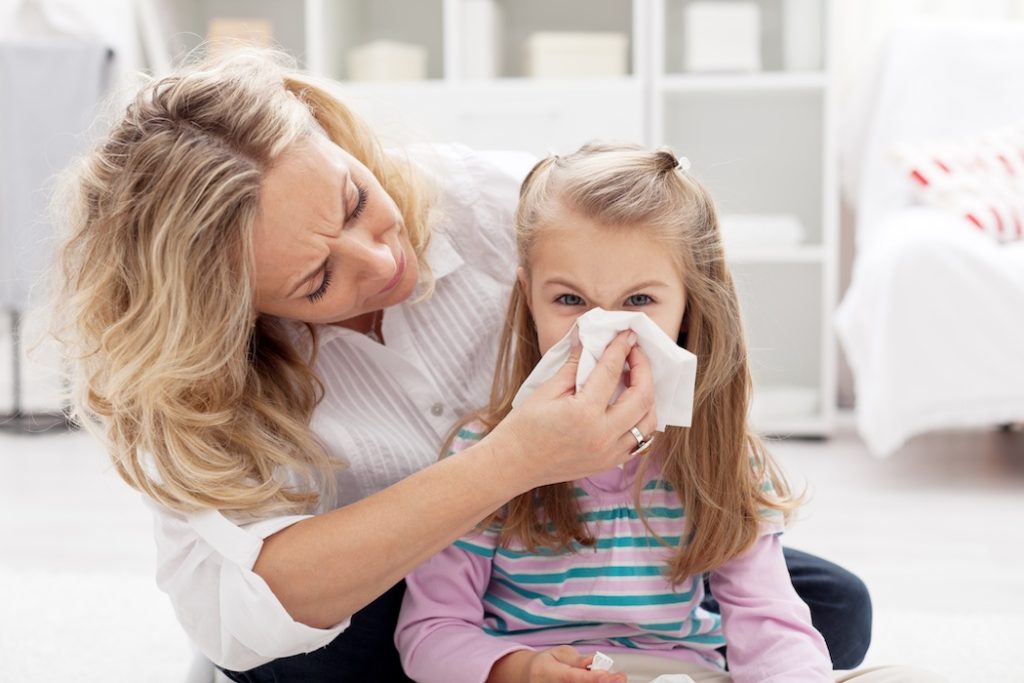Allergies in children are becoming more common across Southeast Asia — especially in urban areas like Kuala Lumpur and Singapore. As a parent, it’s heartbreaking to see your child suffer from itchy rashes, constant sneezing, or stomach discomfort without knowing what’s causing it.
But did you know many common triggers are local allergens — often found in everyday diets and environments? Knowing what to look out for can help you take action early and give your child relief.
Let’s explore the most common allergens affecting kids in Malaysia and Singapore — and how a simple DNA and allergy test can make all the difference.
🍤 1. Shellfish: A Top Cause of Severe Allergies in Asia
Shellfish is one of the most frequent causes of allergic reactions in Southeast Asia. In Singapore, it’s a leading cause of food-related anaphylaxis among children. Common types include:
-
Shrimp
-
Crab
-
Lobster
-
Squid
Symptoms: hives, swelling, vomiting, breathing difficulties — often within minutes.
Many children may not react the first time they eat shellfish, but repeated exposure can lead to sensitization. Early allergy testing can help you avoid a medical emergency later.
🥚 2. Eggs and Cow’s Milk: Hidden in Everyday Foods
These are often the first allergens detected in babies and toddlers, especially under 3 years old. They’re commonly found in:
-
Cakes and pastries
-
Baby food
-
Dairy-based snacks
-
Bread and noodles
Symptoms can include eczema flares, bloating, or persistent cough.
Children may outgrow these allergies, but early detection is key to managing symptoms and avoiding discomfort.
🕸️ 3. Dust Mites and Indoor Allergens: Triggers at Home
In humid climates like Malaysia and Singapore, dust mites thrive — and many kids are sensitive to them. They’re a common trigger for:
-
Allergic rhinitis (runny nose, sneezing)
-
Asthma
-
Skin rashes
Other common indoor allergens include pet dander and mold.
If your child wakes up with a blocked nose or coughs frequently indoors, it could be an environmental allergy.
🥜 4. Peanuts and Tree Nuts: Small Snack, Big Reaction
Although peanut allergy is more common in Western countries, it’s on the rise in Southeast Asia due to changing diets and earlier exposure.
Reactions can be life-threatening, and even trace amounts in sauces or baked goods can trigger symptoms.
🧪 How SuperDNA Can Help in Allergies: Test Early, Act Early
Don’t wait until your child has a serious reaction. The SuperKids Health Allergy Test screens for 44 common food and environmental allergens — using a simple saliva/buccal swab sample and includes insights into:
-
Egg, milk, peanut, soy, wheat, fish, shellfish
-
Dust mites, pollen, animal dander
It also includes a personalized health report and guidance for next steps.
✅ Final Thoughts: Know the Triggers, Protect Your Child
Every child is different. Some may sneeze around cats, others may break out in hives after just one bite of shrimp. But the sooner you understand your child’s unique allergy profile, the better you can manage symptoms — or even prevent them.
🛡️ Take control of your child’s health with SuperDNA’s SuperKids Health Allergy Test — trusted by parents across Malaysia and Singapore.
🧬 Early insights lead to easier parenting. Test now for peace of mind later.

